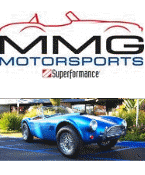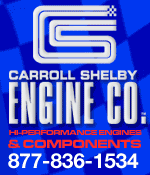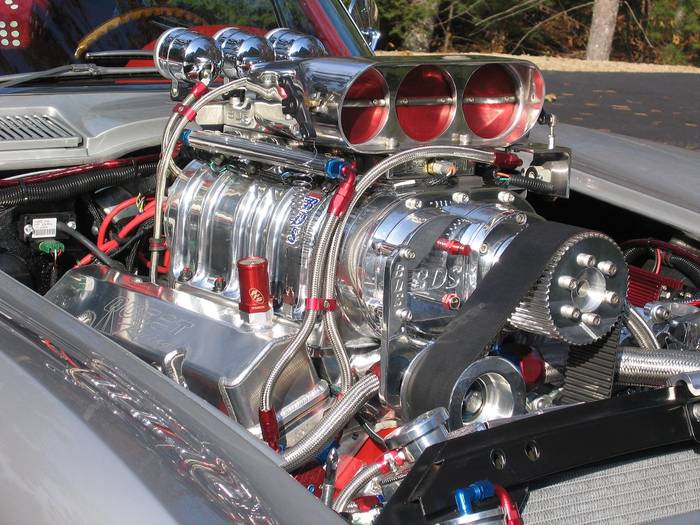From Pro Systems website:
Carburetors and Electronic Fuel injection are two completely different systems. They share no concepts and each has a different theory.
EFI's claim is this: I will supply sprayed droplets of fuel at the proper air to fuel ratio all the time.
Carburetors claim: I will supply a pre-emulsed froth of fuel and air into the engine at a preset ratio.
The results proved the analysis of the concepts to be correct. In this case, the carburetor was supplying the engine in question with the proper air to fuel ratio, so the EFI's advantage was gone. Remember, EFI has a computer to tune the engine. You have you. If you know how to tune you'll have the advantage. Carburetors (at the risk of sounding chauvinistic) are a man's game. Guessing rarely works. You have to know how to actually tune an engine.
Remember a carburetor is an atomization/emulsion machine. An injection system is a proper air to fuel delivery ratio machine. Two different concepts. If a carburetor can be designed to supply the perfect air to fuel ratio all the time it should consistently outperform EFI. Its design lends itself to have an unfair advantage in atomization.
Obviously adiabatic expansion is the next question on the list. So if we take a good look at the carburetor we see its not only a perfect machine for atomizing fuel, it also has another advantage. The Joule-Thomson effect.
Tests performed using quartz plates and infra red sensors located in the plenum area beneath an NHRA Pro-Stock engine revealed an intake manifold temperature drop on a 85 degree day of almost 20 degrees as a result of the the carburetor creating this effect.
So when your neighbor with EFI is ingesting 85 degree air, your power-plant could be ingesting 65 degree air.
That's a nice advantage.
But let's not skip over the atomization advantage. In a high end designed carburetor the fuel is emulsed to lift it. Its a controlled froth. I won't kid you, it's very difficult to control. Its much easier to build a carburetor that operates on a vacuum to ratio concept. But the fogging advantage is gone. So when a customer asks, why is this carburetor more expensive than that builders carburetor as they look basically the same. Most of it is all in the emulsion package and the time spent flowing it and tweaking it to do its job. Remember in a high emulsion design .001 of an inch is a big deal. They're difficult to balance and require sophisticated equipment that many shops have never seen. Also, don't go poking things into the metering block passages to inspect them or look around. You might just lose 10 lbs of torque.
The disadvantage of carburetors used to be restriction. I remember back 20 years ago before booster technology really took off you had to size carburetors to operate on 1-2 inches of vacuum in the plenum at the starting line. The restriction alone was probably costing these engines a 2-3 percent power loss.
Tests we performed at Sonny's racing 5 years ago showed us numbers of about .6 in the plenum and spikes of about 1.1 to 1.3 in the runner at the finish-line. That's a pretty huge decrease and just for dynos sake when we built carburetors large enough to reduce this number by on average 40 percent we saw an increase of only about 3-5 horsepower on an IHRA Pro-Stocker. SO that advantage for EFI is now also gone.
Now that these same engines can operate on as little as .5 hg of vacuum at the starting line and only 1-1.2 at the finish-line, the restriction is nil. Really it all comes down to getting the air to fuel ratio correct. If a carburetor can do that, it should win the race every time. After all, by design, it's a superior emulsion machine.
Quote:
Originally Posted by olddog

Bill I likely agree with you on more things than I would disagree.
I take it that your point of view is that if the air fuel ratio is 12.5:1, it makes absolutely no differance how it got there. The fuel system is irrelevant. All that matters is how good an air pump is the engine. Not trying to put words in your mouth, but that is my interpretation of what you said.
If you could conveniently totally seperate AFR and flow, I would absolutely agree. However the fuel delivery can affect the air flow into the pump (engine). Look at a dual plane verses a signle plane intake or what a carb spacer can do to flow. Now is it so hard to fathem that where the fuel is introduced could impact how much air can flow into the engine?
Last I was on Edelbrocks web site they were advertising several of their engines with both carb and EFI, and they claimed the EFI version would make more Hp. Ridiculous I guess.
Edit: I just checked Edelbrocks site and it no longer lists different Hp for carb verses EFI. Don't know what to make of that.
Edit 2: Well it depends on how you get there. If you look at the chevy 555 cid Pat Musi engine 650 hp is the carb version and 675 hp is the EFI version. Same cam and heads. Different induction systems. EFI torque looks to be higher both low and high rpms. Both engines peak 650 lb-ft @4500 rpm.
|






















 Hybrid Mode
Hybrid Mode


